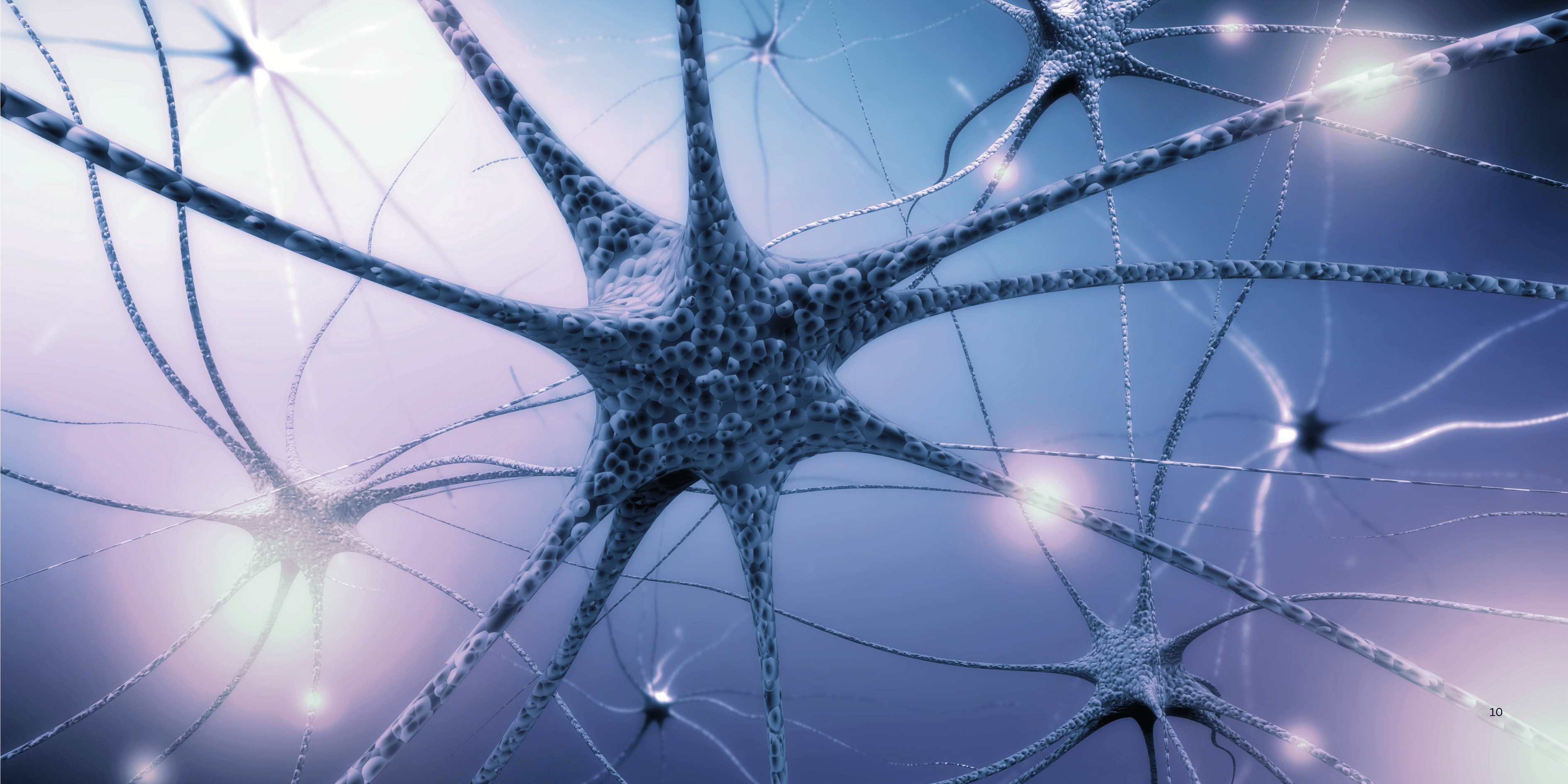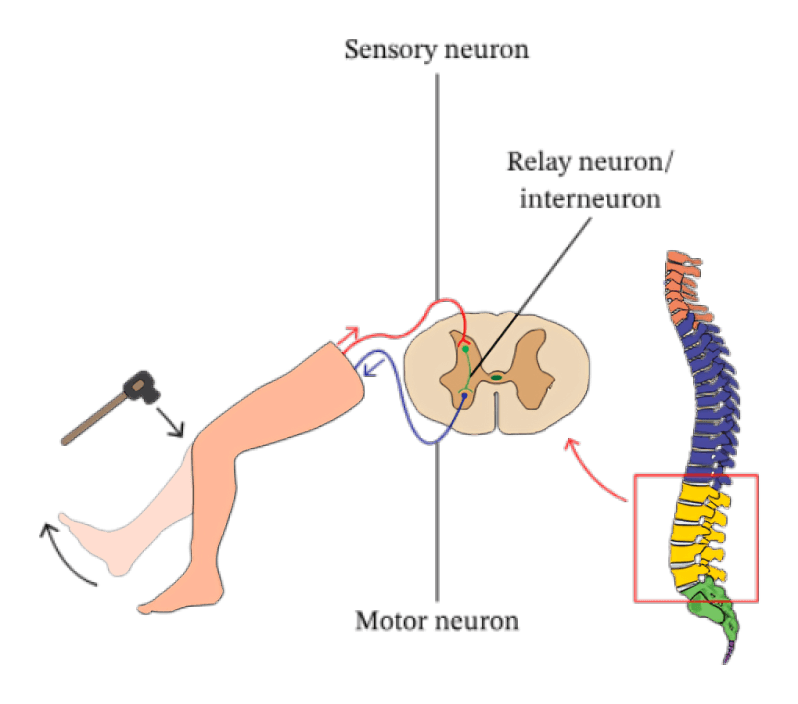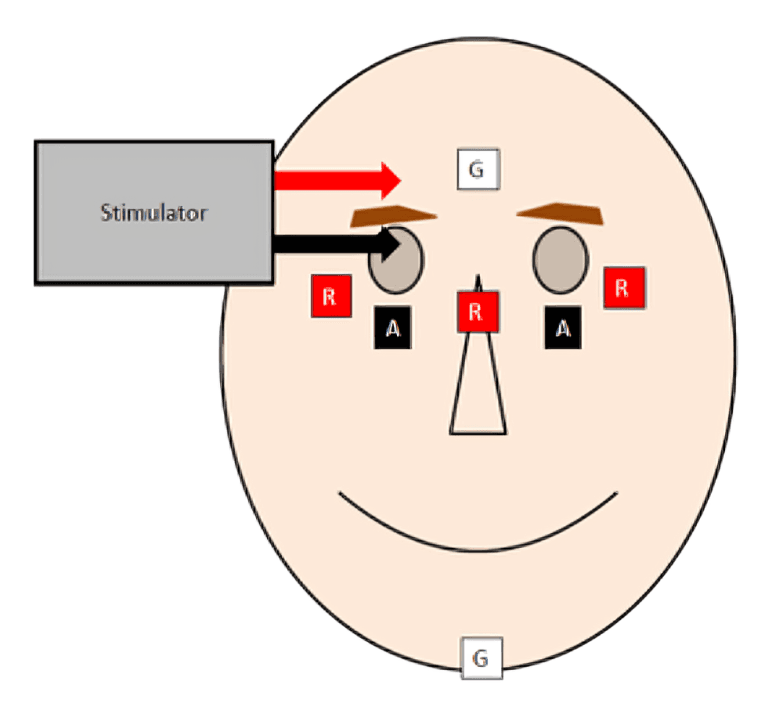
“
The role of nerves in reflexes is a brilliant example of the body’s speed and precision in responding to danger. Reflexes are automatic responses that protect us from harm—like pulling away from a hot surface—by bypassing the brain. Instead, sensory nerves detect stimuli and send signals to the spinal cord, which quickly relays instructions via motor nerves to muscles. 1
1
”
René Descartes, a 17th-century philosopher, proposed that reflex actions were mechanical responses of the nervous system, hinting early on at the automated nature of nerve-driven reflex behaviors.1
Reflex actions begin when sensory nerves detect a stimulus, like pain or heat, and immediately carry signals to the spinal cord, initiating a response without involving conscious brain processing. 2

The spinal cord acts as the central relay point in reflexes, where it receives sensory information and sends motor commands back through nerves, allowing instant reactions before brain input.
In a typical reflex arc, sensory neurons transmit signals to interneurons in the spinal cord, which then activate motor neurons to contract muscles in milliseconds—before we even think. 3
Reflexes occur faster than voluntary movements because they bypass the brain, showing how nerves create rapid loops between stimulus and action for efficient body defense mechanisms.4
Knee-jerk reflexes demonstrate how nerves respond to sudden stretch, using a single synapse between sensory and motor neurons for one of the quickest reflexes in the human body. 5
Some reflexes involve interneurons, which allow more complex control and coordination between incoming sensory data and outgoing motor instructions, all happening subconsciously in the spinal cord.6
Pain-withdrawal reflexes occur in less than a second as sensory nerves detect sharp or harmful stimuli and trigger an immediate muscle reaction to pull away, protecting tissue from injury. 7
Nerves that carry reflex signals are myelinated, which speeds up transmission by allowing electrical impulses to jump between nodes, ensuring rapid signal travel from skin to spinal cord. 8

Babies display innate reflexes like grasping or sucking at birth, showing that reflex nerve circuits are hardwired and active even before higher brain functions fully develop.
Reflexes are categorized into somatic reflexes, which involve skeletal muscles, and autonomic reflexes, which regulate internal organs—both relying on nerve circuits for immediate, subconscious responses. 9
The reflex arc is an essential nervous system pathway made up of five components: receptor, sensory neuron, integration center, motor neuron, and effector—each part crucial to the fast response.10
Nerves also help regulate balance through postural reflexes, allowing the body to stay upright and stable by automatically adjusting muscle tone in response to shifts in position. 11
Crossed-extensor reflexes illustrate how nerves coordinate movements on both sides of the body, such as when stepping on a sharp object, prompting one leg to withdraw and the other to support.12
Reflexes are tested in clinical exams to assess nerve function; diminished or exaggerated responses can signal nerve damage or neurological issues affecting the spinal cord or brain. 13

The blink reflex protects the eyes from sudden threats, using sensory nerves in the cornea and motor nerves controlling eyelid muscles to shut the eyes instantly without thought.
Reflex speeds depend on nerve conduction velocity, which is influenced by axon diameter and myelin sheath thickness—wider, well-insulated nerves transmit impulses faster for sharper responses.14
Training or repeated stimuli can influence reflex strength or timing; athletes often develop enhanced reflexes through repeated neural conditioning, improving reaction times during intense activity.15
Reflex actions are not learned; they are innate and consistent across humans, highlighting how nerve pathways involved in reflexes are genetically programmed for survival and efficiency. 16
Sir Charles Sherrington, a Nobel Prize-winning physiologist, extensively studied reflexes and coined the term "synapse," describing the critical nerve connection points essential for reflex signal transmission.17


